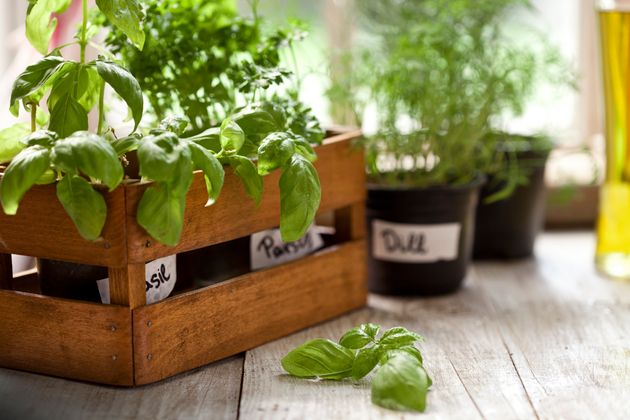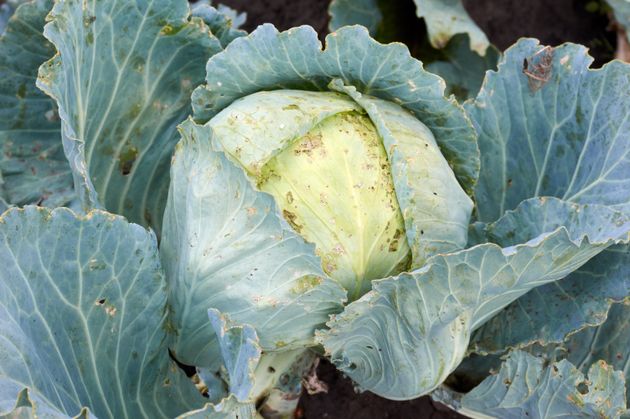Filling your windowsill with citrussy lemon verbena, earthy thyme and aromatic basil is the ultimate party trick. Not only do you get sustainable, local flavour bombs to add to your cooking and cocktails – you’ll also impress everyone who comes over.
Certainly, getting started can feel daunting. It takes commitment, effort and time – but the rewards are worth it.
“I think sometimes people feel that they don’t know where to start,” explains Emily Rae of Sussex based, family run botanical business, Plants4Presents. “It can feel overwhelming. I’d recommend starting small in a contained space and choosing crops that are easy and will make a real difference to your dishes.”
“Homegrown edible flowers, fragrant herbs or fresh fruit can transform a dish and don’t need a large plot or a lot of time.”

Staff at Harvard University in the US, which has its own community vegetable garden, attest to the advantages of growing your own: you can control the pesticides that come into contact with your food, vegetables which ripen naturally in your garden have more nutrients than those picked early for supermarkets and it encourages you to eat more fresh fruit and vegetables as they’re easier to access.
When you grow your own food you can also grow varieties you can’t find in the shops, Rae adds. “You can harvest them at their freshest. Herbs, edible flowers and mulberries don’t travel well but taste amazing picked fresh from the plant.”
Rae recommends growing “cut and come” varieties. Once these are planted they grow back again each year without having to do lots of work. Rhubarb, Swiss chard, apples, pears and plums are all “cut and come” varieties, also making them super cost effective, in the long term. Double boom.

Hannah Rogers, from organic gardening charity Garden Organic, suggests trying your hand at pea shoots if you’re a complete beginner.
“You’ll see the first sign of shoots in a matter of days and within a fortnight will have lovely fresh shoots to add to your salads and dishes. They’re great for children who like to see things happen quickly.”
She adds: “Many people think they’re not ‘green fingered’ but that’s something we don’t believe in. With a little bit of knowledge and plenty of patience everyone and anyone can successfully grow their own food. Space shouldn’t be a barrier either. Even if all you have is a pot on a window ledge or balcony, there’s something suitable to bring fresh, homegrown food to your plate.”
Rogers emphasises that the benefits are not restricted to cutting costs on your shopping bill.
“Many people find the act of gardening therapeutic and a way to unwind from a stressful day,” she says.

An allotment is a great option if you don’t have your own garden. You can find out where your local council allotments are through the Government’s website, and either be allocated a plot immediately, or be added to a waiting list. (The National Allotment Society is a great resource for finding out more).
“Think about what you like to eat,” Rogers advises. “Many people get so worried about what fruit or veg suits their growing conditions that they forget they will be eating it at the end of the process.”
“Talk to your neighbours – finding out what has worked or not worked for them may give a useful indication as to what grows well in your area, and try to spend a couple of minutes every day checking your plants. It’ll help you to keep them well-watered and healthy, and will allow you to spot any problems early on.”
Even if you live at the top of a high rise apartment block and don’t have time to tend to an allotment, you can still grow your own herbs. Chives, parsley and coriander are all plants which need minimal fuss and care. The How To Culinary Herb Garden blog has an introductory guide to getting started.
“Salad mixes are a great thing to start with as they can be grown in a pot on a windowsill,” Rae recommends. “Other plants that produce a lot of flavour with minimum fuss and effort include chilli plants or unusual herbs like lemon mint, ginger rosemary or even kaffir lime leaves.”
It’s time to green it up.